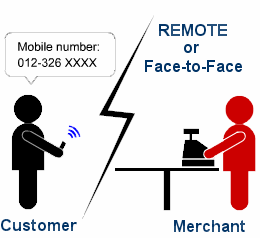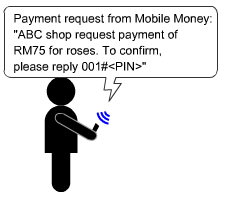According to Wikipedia, internet banking or online banking allows customers to conduct financial transactions on a secure website operated by their retail or virtual bank, credit union or building society. If you have a computer and internet access, you can perform your transactions via internet banking services. The internet banking services include an account to account transfer, paying a bill, wire transfer, apply for a loan, new account, online statements, viewing images of paid cheques, and repayment of loan.
Internet banking services started to operate in Malaysia
Opportunities
“The internet improves accessibility to banking products and services, and can be harnessed not just as mere delivery channels but as new business venture through the setting up of virtual banks by banking institutions.” For financial institutions, Internet banking has the ability to obtain a larger customer base and will become extremely popular in the future since everyone can go online and do most of their bank transactions with just a few clicks at whatever time.
Threats
Due to continuous changes in technology, the banking sector has to keep track with the latest technology in order to provide better services. They also have to face competition from their peers in the banking industry because all the banks are providing internet banking services.
Sometimes online banking are not the best choice. Online banking may not be a perfect substitution for a bank branch because some functions such as depositing cash might still require physical branches.
Since all the transactions are made online, internet banking also face security threats such as phishing, fraudulent activities of on-line hackers, and Trojan horse viruses. In case of people do become victims of the fraudulent activity, most banks use either a token or a TAN code, which provides a temporary access to the accounts.
Reference(s):
Wikipedia. (Feb 17, 2011). Online banking. Retrieved Feb 15, 2011 from http://en.wikipedia.org/wiki/Online_banking
Banking sector. Retrieved Feb 15, 2011 from http://www.bnm.gov.my/view.php?dbIndex=0&website_id=1&id=14
JanWillem Vanmeneer. (Sept 21, 2010). Internet Banking Has the Future. Retrieved Feb 15, 2011 from http://ezinearticles.com/?Internet-Banking-Has-the-Future&id=5072135













